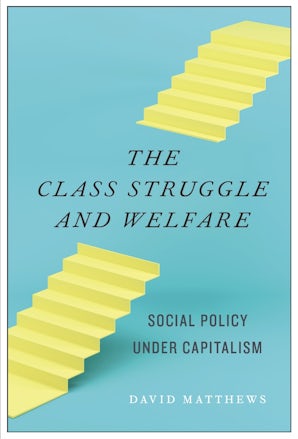Also in this issue
- 'Monopoly Capital' at the Half-Century Mark
- 'Monopoly Capital' Then and Now
- Kalecki and Steindl in the Transition to 'Monopoly Capital'
- The Profits of Financialization
- Surplus Absorption and Waste in Neoliberal Monopoly Capitalism
- Hydrocarbons and the Illusion of Sustainability
- 'Monopoly Capital' in the Classroom
- Multinational Corporations and the Globalization of Monopoly Capital: From the 1960s to the Present
- Reading 'Capital', Reading Historical Capitalisms
Books by David Matthews
The Class Struggle and Welfare
by David Matthews
Article by David Matthews
- Disability and Welfare under Monopoly Capitalism
- Health Care for Profit (Not Health): A Sick System
- A Theory of Mental Health and Monopoly Capitalism
- Capitalism and Mental Health
- The Working-Class Struggle for Welfare in Britain
- The Struggle for Shelter: Class Conflict and Public Housing in Britain
- The Battle for the National Health Service: England, Wales, and the Socialist Vision


